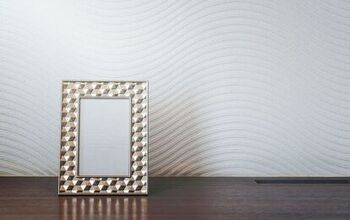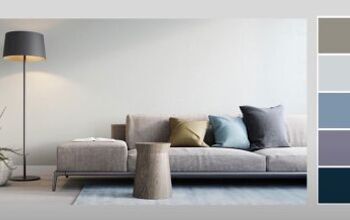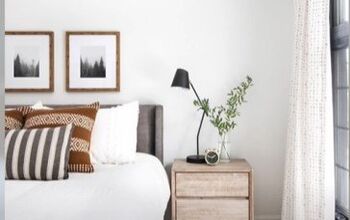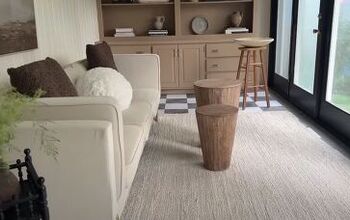How to Fix Common Furniture Arrangement Mistakes

Arranging furniture in a way that feels balanced, functional, and stylish can be a challenge. Often, small mistakes in furniture placement can make a room feel cramped, awkward, or uninviting.
Fortunately, with a few simple fixes, you can transform your space into a cohesive, comfortable, and aesthetically pleasing environment. Here are some design tips to help you avoid common furniture arrangement mistakes.
Table of contents
1. Mistake: Not Knowing What Size Furniture Fits Your Space
One of the most common mistakes is buying furniture that doesn’t fit the room properly—either too big or too small for the space.
Fix: Make a Floor Plan and Take Measurements
Before buying any new furniture, take the time to make a floor plan of your space. Measure the room's dimensions, and note the placement of doors, windows, and outlets. Bring these measurements with you when shopping so you can select pieces that will fit perfectly in your space. This way, you'll avoid the frustration of furniture that overwhelms or underwhelms the room.
2. Mistake: Placing All Heavy Furniture on One Side of the Room
Concentrating all of the large or heavy furniture on one side of the room can create an unbalanced, awkward look.
Fix: Balance the Room by Spreading Heavy Pieces
To achieve a more balanced look, spread heavy furniture pieces like sofas, cabinets, and armchairs throughout the space. For example, if you have a large sofa on one side of the room, place a heavier chair or console on the opposite side to balance things out. This ensures a more harmonious feel and prevents the room from feeling lopsided.
3. Mistake: Using Rugs That Are Too Small
A common design error is using rugs that are too small for the space, which can make the room feel disjointed.
Fix: Place Furniture Legs Properly on the Rug
For a more cohesive look, ensure your rug is large enough to either have all of the furniture legs on it or at least the front two legs of each piece. This simple adjustment can help tie the room together and make it feel more complete. Rugs anchor your seating area, so the right size is key to creating a well-arranged room.
4. Mistake: Buying All Matching Furniture Sets
While matching furniture sets can seem convenient, they can make a room feel flat and lack personality.
Fix: Mix and Match Furniture Pieces
For a more dynamic and interesting space, mix different furniture styles, textures, and finishes. For example, pair a modern sofa with vintage side tables or a sleek coffee table with a cozy upholstered chair. This approach adds visual interest and allows you to create a room that feels unique and personal.
5. Mistake: Ignoring Traffic Flow
Furniture placement that blocks pathways or creates tight walkways can make your space feel cramped and difficult to navigate.
Fix: Leave Sufficient Walkways
When arranging your furniture, always consider the traffic flow. Leave at least 30 inches of space between furniture pieces like sofas and chairs to ensure people can move easily through the room. Ideally, aim for three feet of walking room between major pieces. This will make the room feel more open and functional, and ensure that movement through the space is smooth and unobstructed.
Conclusion: Create a Cohesive Layout
A well-arranged room feels both stylish and comfortable. By mapping out your space, balancing furniture placement, and ensuring proper traffic flow, you can create a layout that is not only functional but also visually appealing.
Remember, less is often more when it comes to furniture, so don't be afraid to leave some breathing room between pieces. Keep these tips in mind, and you'll have a room that feels cohesive, cozy, and well put-together.
Follow @room_remedies on Instagram for more design inspiration.




























Comments
Join the conversation